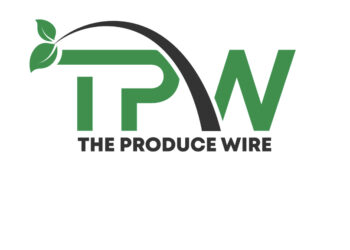Getty Images/EyeEm
One of TikTok’s biggest food trends of 2023 has real staying power
For whatever reason, cottage cheese has an especially maligned reputation among dairy products. It frequently pops up on scientifically dubious surveys gauging people’s most hated foods, listed among other polarizing edibles like anchovies and liver. But that designation feels especially outdated in 2024. Last year was a big year for cottage cheese, thanks in large part to TikTok food creators who used it for everything from cookie dough to a mustard-spiked dip, and I couldn’t be more thrilled.
To be clear, I was once a cottage cheese hater. I blame it on my years of dieting, a time when I could somehow convince myself that a combination of gloopy fat-free cottage cheese and zero-sugar fruit jam could convincingly replace a decadent dessert. But a couple of years ago, while browsing a random Pinterest board, I stumbled across the idea that cottage cheese could actually be eaten with savory ingredients. I was a little repulsed at first, but something about the salty tang of cottage cheese paired with melted cherry tomatoes and fresh basil just seemed like a pairing that could work. I grabbed a tub of generic, full-fat cottage cheese from the grocery store, piled the soft tomatoes on top, and the rest is history.
Cottage cheese is now a regular part of my breakfast and snack rotation. It’s impossibly easy, making it perfect for days when I don’t have any interest in cooking eggs and toast in the morning. Most of the time, I don’t go to all the trouble to roast tomatoes and chop basil; I simply sprinkle some lemon pepper on top and give the bowl a good stir. A good hot sauce, like Crystal or Tapatio, is also an excellent, low-effort option. I have come around somewhat to the idea of eating cottage cheese with sweet accouterments, especially a few wedges of fresh peach and a drizzle of Mike’s Hot Honey, which sort of scratches that sweet-savory itch.
In my new life as a cottage cheese enthusiast, I have learned that which brand you buy is crucially important. Some of this comes down to personal preference — whether you prefer large curd or small, what fat content you’re looking for — but some brands are unequivocally better than others. It’s likely that your best source for super-fresh cottage cheese is a dairy purveyor at your local farmer’s market, but there’s plenty of good cottage cheese at the grocery store. My preferred, widely available brand is Good Cultures, which is made with only a few ingredients (salt, milk, cultures) and boasts a decadently creamy texture. Vermont’s Cabot Creamery also makes excellent cottage cheese, and there’s even a vegan cottage cheese in the works from the wonderful Miyoko’s Creamery. The only brand that I cannot recommend under any circumstances is Daisy — the curds in its cottage cheese are tiny, identical cubes, resulting in a less than desirable texture.
Speaking of texture, the lumpy consistency of cottage cheese is also a common complaint among its haters, but there’s an easy way to solve that problem: just put it in the blender. After a couple pulses, cottage cheese becomes seriously thick and creamy, making it perfect for eating on its own or stirring into dips and soups. It is weirdly good when added to pancake batter, too — the milky, slightly tangy flavor makes it a solid substitute for buttermilk.
Whether you decide to blend it or spatter it with hot sauce or serve it with fruit, it’s time for cottage cheese to reclaim its rightful place at the breakfast table. Cottage cheese is perhaps the only dairy preparation that inspires this level of both devotion and revulsion, which is probably why I’m not the first person to demand a reappraisal of cottage cheese. But in this era in which there’s a trendy new food to try every single day, it’s always good to have a reminder that cottage cheese will always be chilling humbly in the dairy case, waiting for us to realize that it’s great — again.














